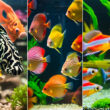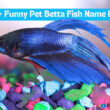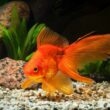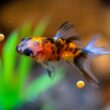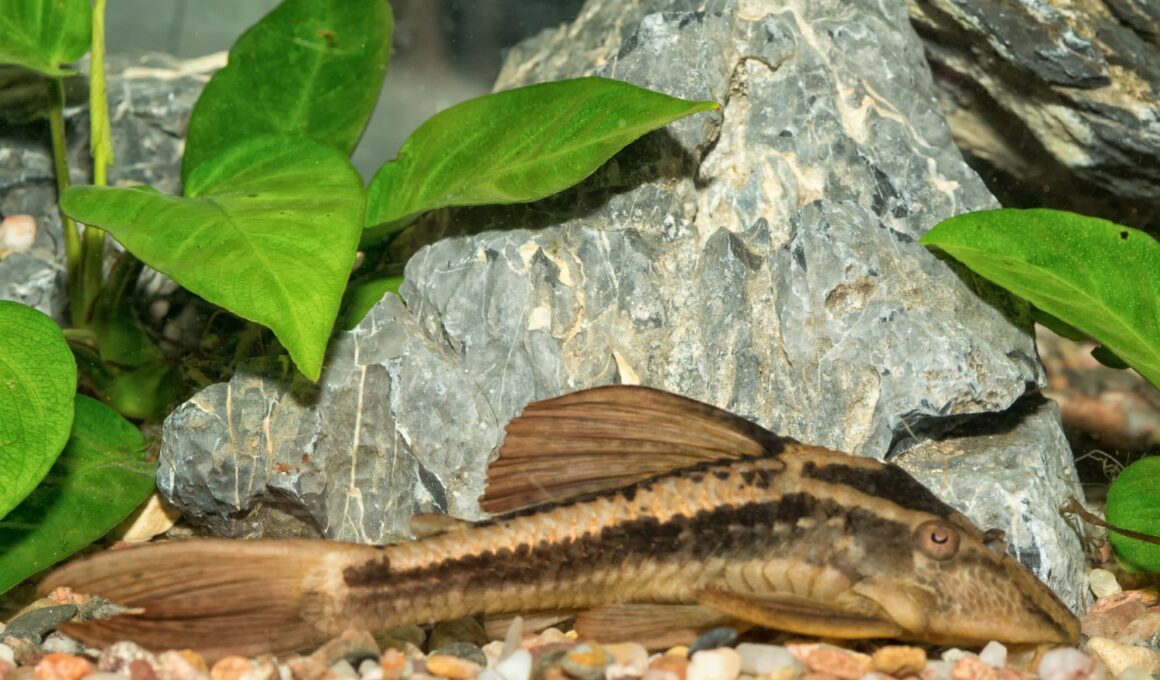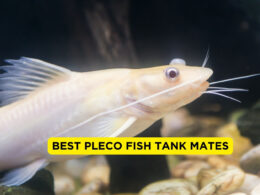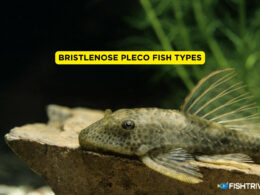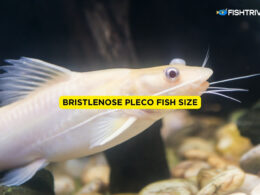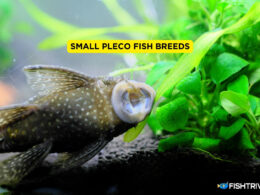In this article Show
Today, we’re tackling a question I often encounter: Can Plecos live in sand aquariums? As someone who’s spent years nurturing various fish species, including the beloved Plecos, in home aquariums, I’ve gained practical insights into what works best for these unique fish.
Plecos, known for their distinct appearance and tank-cleaning abilities, are a favorite among both novice and seasoned fish keepers. Their care, however, comes with specific considerations, particularly regarding their living environment. The substrate, or the material used at the bottom of the tank, is a critical aspect of this environment, and the suitability of sand for Plecos is a topic of much interest.
In this article, we’ll explore the compatibility of sand substrates with Plecos, examining the benefits and challenges, and offering practical advice for those considering sand for their Pleco tanks.
Can Plecos Live in Sand Aquariums?
Yes, Plecos can live in sand aquariums. Sand substrates, closely resembling the natural habitats of Plecos, offer a safe and suitable environment for these popular aquarium fish. Providing a soft, fine-grained bottom, sand allows Plecos to exhibit their natural foraging behavior and reduces the risk of injury to their sensitive barbels.
However, maintaining a sand aquarium for Plecos involves specific care, such as regular gentle cleaning to prevent debris accumulation and ensure the sand doesn’t compact. By addressing these considerations, sand can be an excellent choice for both the health of your Plecos and the visual appeal of your aquarium.
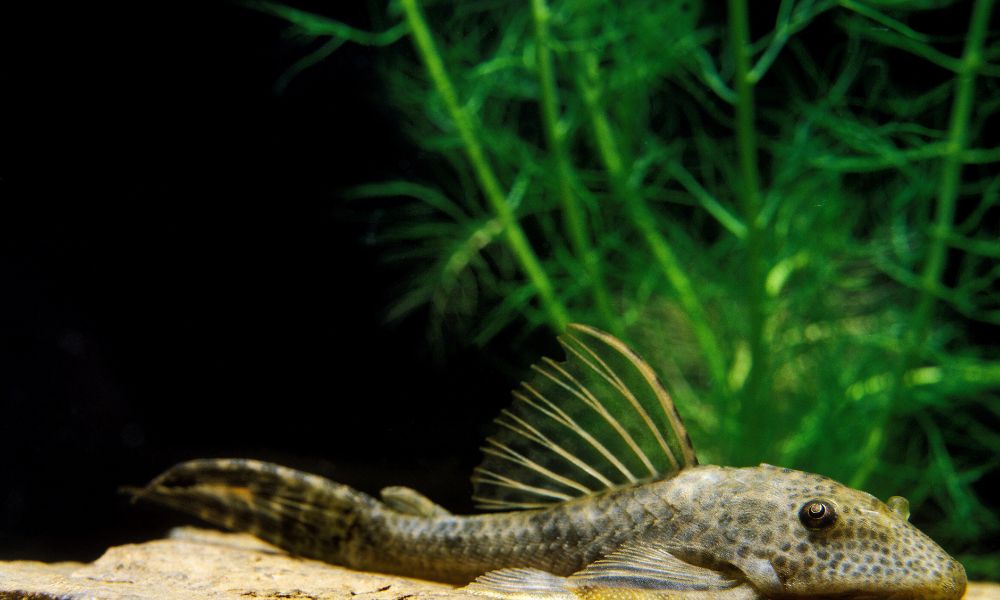
The Role of Substrate in Pleco Tanks
Substrate isn’t just an aesthetic choice for your aquarium; it plays several crucial roles, especially for bottom-dwelling fish like Plecos. Firstly, it forms the bed of the aquatic ecosystem, influencing water chemistry and the biological filtration process. Beneficial bacteria thrive in the substrate, breaking down waste products and maintaining water quality.
For Plecos, the substrate also contributes to their sense of security and comfort. These fish often scrape and forage along the tank bottom, and a suitable substrate can mimic their natural environment, promoting natural behavior and reducing stress.
Furthermore, the right substrate can aid in the health of Plecos, preventing issues like barbel erosion, which can occur in harsh or inappropriate substrates.
Common Substrate Choices for Plecos
When it comes to Pleco tanks, there are several substrate options to consider:
- Gravel: A popular choice due to its wide availability and variety in size and color. Gravel allows for good water flow and is relatively easy to clean.
- Sand: Fine and smooth, and is closer to the natural habitat of many Pleco species. It’s especially recommended for species that enjoy sifting through the substrate.
- Aquarium Soil: This can be beneficial for planted tanks, offering nutrients for plants that Plecos enjoy and a natural aesthetic.
- Bare Bottom: Some keepers prefer no substrate for ease of cleaning, especially in tanks where water quality is paramount.
Each type has its followers and specific scenarios where it excels, making the choice largely dependent on the specific needs of your Pleco and the overall setup of your aquarium.
Pros and Cons of Various Substrate Types
Let’s break down these options:
Gravel
- Pros: Allows good water flow, prevents the buildup of harmful gases, and is easy to clean. It’s also stable for tank decorations.
- Cons: Larger gravel can trap food and waste, leading to poor water quality if not cleaned regularly. Not ideal for species that like to sift through finer substrates.
Sand
- Pros: Offers a natural environment for Plecos, especially those that forage. It’s also smooth and less likely to cause injury.
- Cons: Can compact over time, leading to dead spots where harmful bacteria might grow. Requires careful maintenance to avoid these issues.
Aquarium Soil
- Pros: Great for live plants, which in turn benefit the tank’s ecosystem. Can enhance the natural appearance of the tank.
- Cons: Can be messy and might need replacement over time. Some types can alter water chemistry, affecting pH levels.
Bare Bottom
- Pros: Easiest to clean, ensuring optimal water quality. Good for quarantine or hospital tanks.
- Cons: Lacks aesthetic appeal and does not provide a natural environment for Plecos, which could stress them.
The choice of substrate in a Pleco tank is a balance between the needs and natural behaviors of the Plecos, the aesthetics you desire, and the practical aspects of tank maintenance. Each type has its merits, and understanding these will help you create the best environment for your aquatic pets.
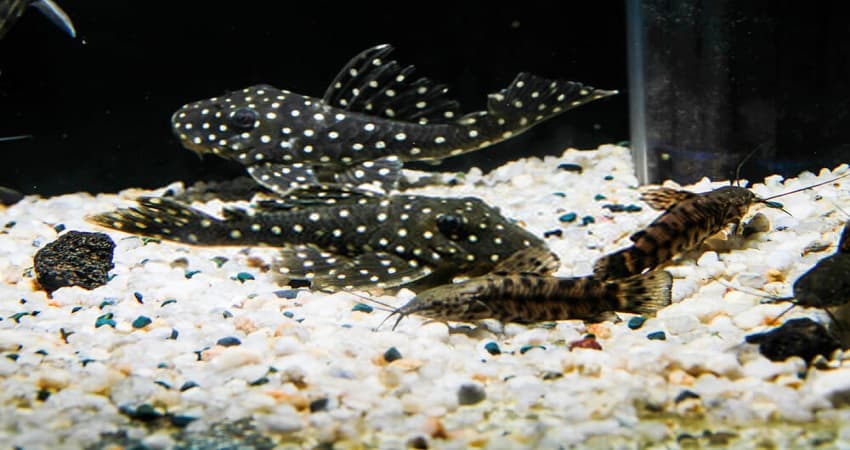
Sand as a Substrate for Plecos
Sand substrates offer a unique environment in aquariums, distinguished by their fine, smooth granules. Unlike gravel, sand particles are much smaller, often resembling the consistency of sugar. This fine nature of sand closely mirrors the riverbeds and lake bottoms found in many natural Pleco habitats.
The compact nature of sand means it forms a more uniform surface at the bottom of the tank. It’s available in various colors, ranging from natural riverbed hues to more exotic shades, allowing for aesthetic customization of the aquarium.
Additionally, sand substrates are known for their ability to create a more natural-looking environment, which can be both calming for the fish and visually pleasing for the aquarium.
Benefits of Using Sand for Plecos
Sand substrates come with several advantages, particularly for Pleco species:
- Natural Foraging Behavior: Many Plecos enjoy sifting through the substrate in their natural habitat. Sand allows them to exhibit this behavior, which can be crucial for their mental well-being.
- Safety for Barbs and Fins: The smooth texture of the sand is gentle on Plecos’ sensitive barbels (whisker-like organs) and fins, reducing the risk of abrasions that coarser substrates might cause.
- Enhanced Tank Appearance: Sand can give the aquarium a sleek, modern look and offers a clean backdrop that makes fish and plants stand out.
- Stability for Plants: For aquarists who prefer planted tanks, sand can provide a stable base for plant roots, although it may lack the nutrients found in specialized aquarium soils.
Potential Challenges and Solutions
While sand has its benefits, it also comes with challenges that need careful management:
Compaction and Reduced Water Flow
Sand can compact over time, reducing water flow through the substrate. This can be mitigated by gently stirring the sand during regular tank maintenance to prevent dead spots from forming.
Debris Accumulation
Unlike gravel, sand doesn’t allow debris to sink, meaning waste can accumulate on the surface. Frequent and gentle vacuuming during water changes can help maintain cleanliness without disturbing the substrate too much.
Risk of Clouding Water
When first added, sand can cloud the tank water. Rinsing the sand thoroughly before introducing it to the tank can minimize this issue. Additionally, adding water slowly and carefully can prevent disturbing the sand bed.
Potential Impact on Equipment
Fine sand particles can sometimes get into filters and other equipment. Using a pre-filter sponge or similar protective measures can help prevent sand from entering and damaging the equipment.
In conclusion, while sand as a substrate requires specific care and attention, its benefits for Plecos, especially in mimicking their natural environment and promoting natural behaviors, make it a worthwhile consideration for your aquarium setup.
With proper maintenance and care, and can be an excellent choice for both the health of your Plecos and the aesthetic appeal of your tank.


